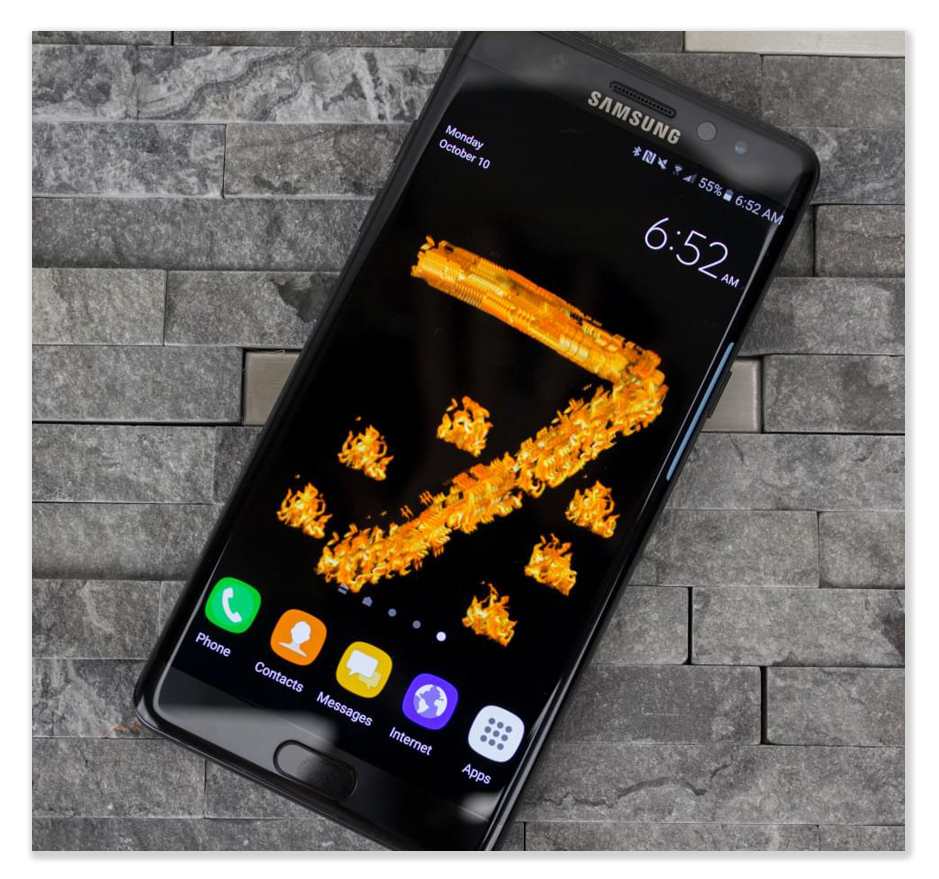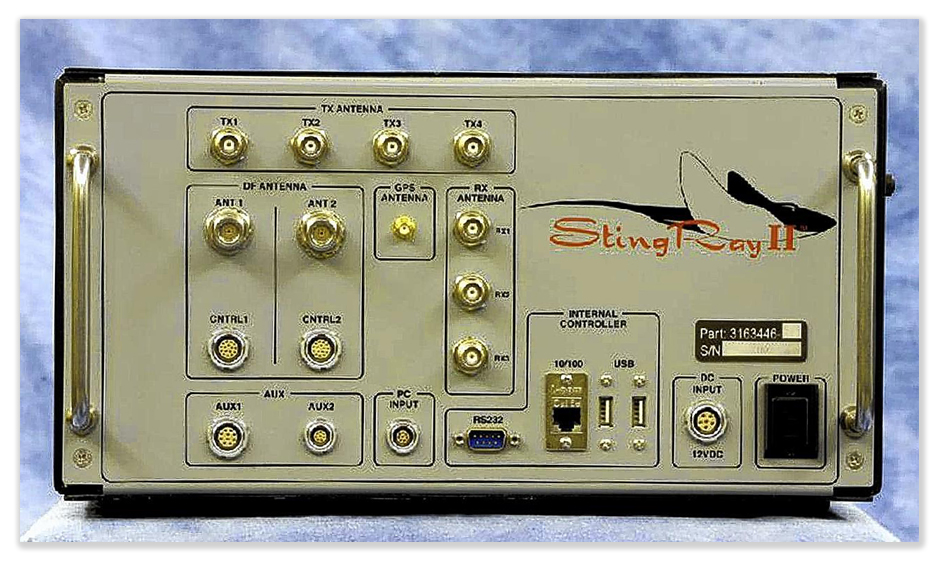We’re still doing a weekly newsletter… we’re just posting pieces of it every day. The news is fresher this way…

THE SNITCH IN YOUR POCKET
 Everyone knows that one of the government’s canniest bloodhounds can be found in your back pocket. By using cell tower data – even if your cellphone is not spewing GPS information – Uncle Sam can track you down within a hundred yards, and not even break a sweat. Sure, the Galaxy Note 7 can catch your pants on fire. But it can bring the heat in more ways than just that.
Everyone knows that one of the government’s canniest bloodhounds can be found in your back pocket. By using cell tower data – even if your cellphone is not spewing GPS information – Uncle Sam can track you down within a hundred yards, and not even break a sweat. Sure, the Galaxy Note 7 can catch your pants on fire. But it can bring the heat in more ways than just that.
But sometimes, even more precision is needed than mere triangulation. That’s where the Stingray comes in. A Stingray, also known as a cell site simulator, determines a phone’s location by spoofing a cell tower, and thus tricking a cellphone into sending it a stream of data. Stingrays are electronic vacuum cleaners, sucking up not just transmissions that were spoofed from a target’s phone, but information from all other cellphones in the vicinity.
Naturally, a gizmo like the Stingray is all but irresistible to a whole alphabet soupbowl of federal and state agencies. Because irritating defense attorneys would only file a lot of foolish motions about privacy and the 4th Amendment and such, the agencies have run a concerted maskirovka over the last six years or so to hide the fact that they were spoofing cell service in order to catch people.
In recent years, the use of Stingrays and similar devices has come under increased scrutiny. Last year, the Department of Homeland Security and the Department of Justice both said they were adopting new policies that required a warrant for use of the spoofers.

Last week, a divided 7th Circuit panel held that use of Stingray to catch a parole violator – an arrest that resulted in agents finding a gun and convicting the defendant of felon-in-possession – did not require a warrant. The decision marks the first time that questions regarding the proper use of Stingrays, also known as cell-site simulators, have reached the federal appellate level.
Damian Patrick had an outstanding warrant for a probation violation and was found via the use of a stingray in Milwaukee in 2013. The Milwaukee police got a search warrant authorizing them to locate Damian using cellphone data. His phone ratted him out, which enabled the police to find him. When they arrested him, he was packing heat.
Damian challenged the search and seizure of the gun, without which there would not have been a felon-in-possession conviction. He argued that his person was not contraband or the proceeds of a crime, and that it therefore was off limits to investigation.
As we reported last July, a Southern District of New York trial judge ruled in United States v. Lambis, Case No. 15cr734 (S.D.N.Y. July 12, 2016), that use of a Stingray requires a warrant. But the 7th US Circuit Court of Appeals decided last Wednesday that the fact that law enforcement used the Stingray against Patrick is immaterial. The Court said that
a person wanted on probable cause (and an arrest warrant) who is taken into custody in a public place, where he had no legitimate expectation of privacy, cannot complain about how the police learned his location… From his perspective, it is all the same whether a paid informant, a jilted lover, police with binoculars, a bartender, a member of a rival gang, a spy trailing his car after it left his driveway, the phone company’s cell towers, or a device pretending to be a cell tower, provided location information. A fugitive cannot be picky about how he is run to ground. So it would be inappropriate to use the exclusionary rule, even if the police should have told the judge that they planned to use a cell-site simulator to execute the location warrant.
In a lengthy dissent, 7th Circuit Chief Judge Diane Wood blasted the secrecy with which law enforcement cloaks the Stingray. She complained that “we know very little about the device, thanks mostly to the government’s refusal to divulge any information about it. Until recently, the government has gone so far as to dismiss cases and withdraw evidence rather than reveal that the technology was used.”
 Judge Wood wrote that “it is time for the Stingray to come out of the shadows, so that its use can be subject to the same kind of scrutiny as other mechanisms, such as thermal imaging devices, GPS trackers, pen registers, beepers, and the like. Its capabilities go far beyond any of those, and cases such as Riley indicate that the Supreme Court might take a dim view of indiscriminate use of something that can read texts and emails, listen to conversations, and perhaps intercept other application data housed not just on the target’s phone, but also on those of countless innocent third parties.”
Judge Wood wrote that “it is time for the Stingray to come out of the shadows, so that its use can be subject to the same kind of scrutiny as other mechanisms, such as thermal imaging devices, GPS trackers, pen registers, beepers, and the like. Its capabilities go far beyond any of those, and cases such as Riley indicate that the Supreme Court might take a dim view of indiscriminate use of something that can read texts and emails, listen to conversations, and perhaps intercept other application data housed not just on the target’s phone, but also on those of countless innocent third parties.”
The importance of the issue and the 2-1 decision with a stinging dissent suggests that the odds might be better than average that the Circuit would take up the issue en banc.
United States v. Patrick, Case No. 15‐2443 (7th Cir., Nov. 23, 2016)

